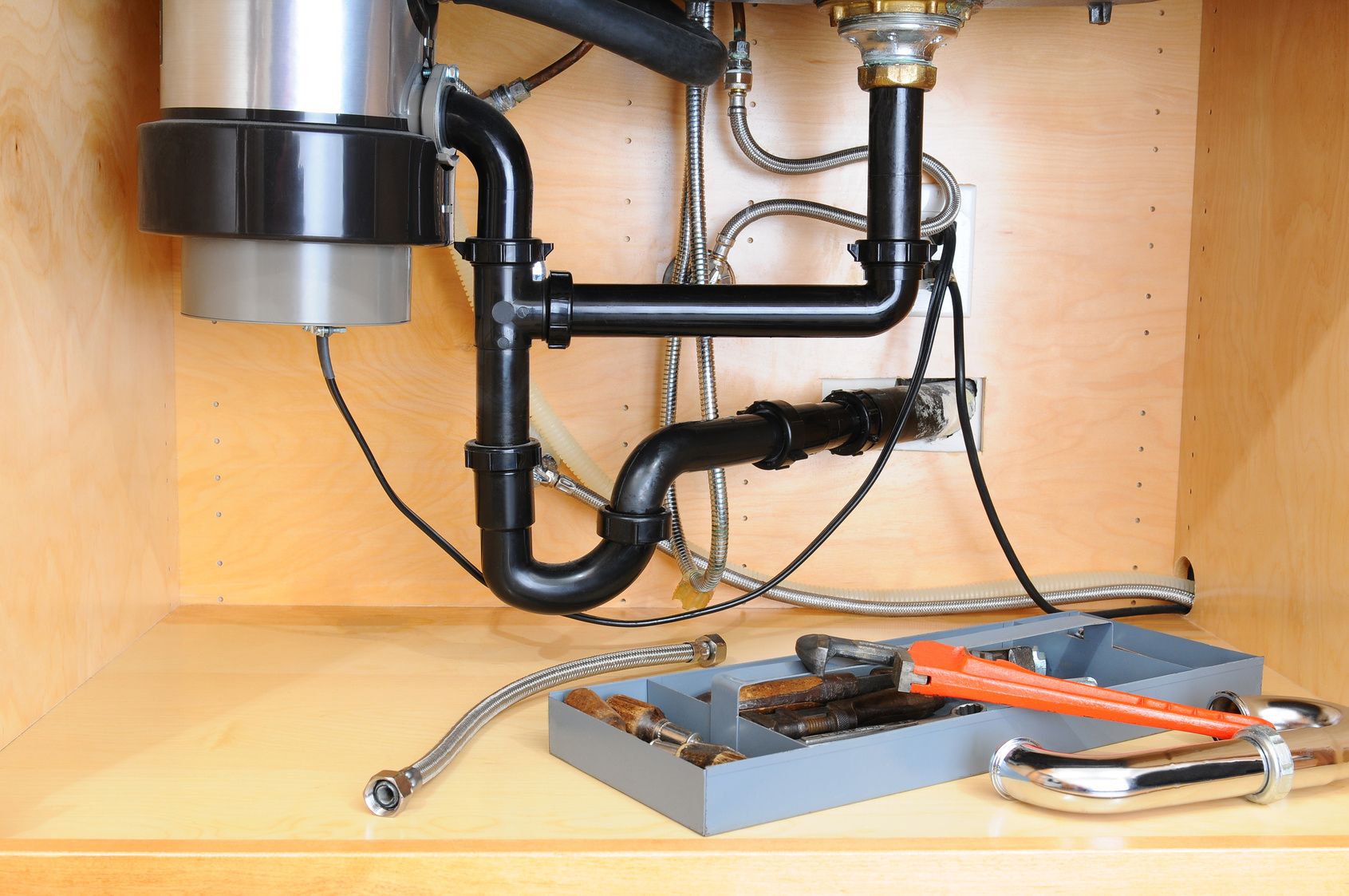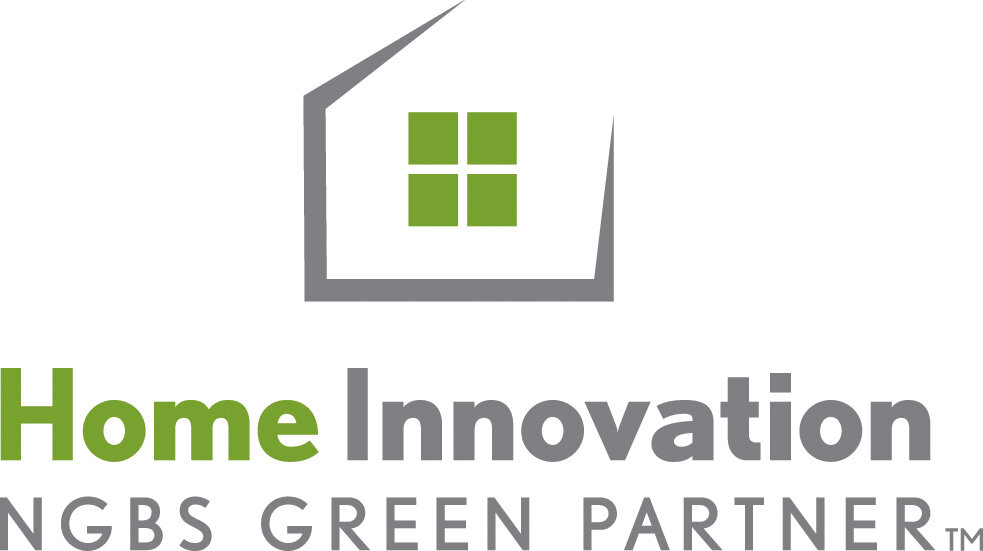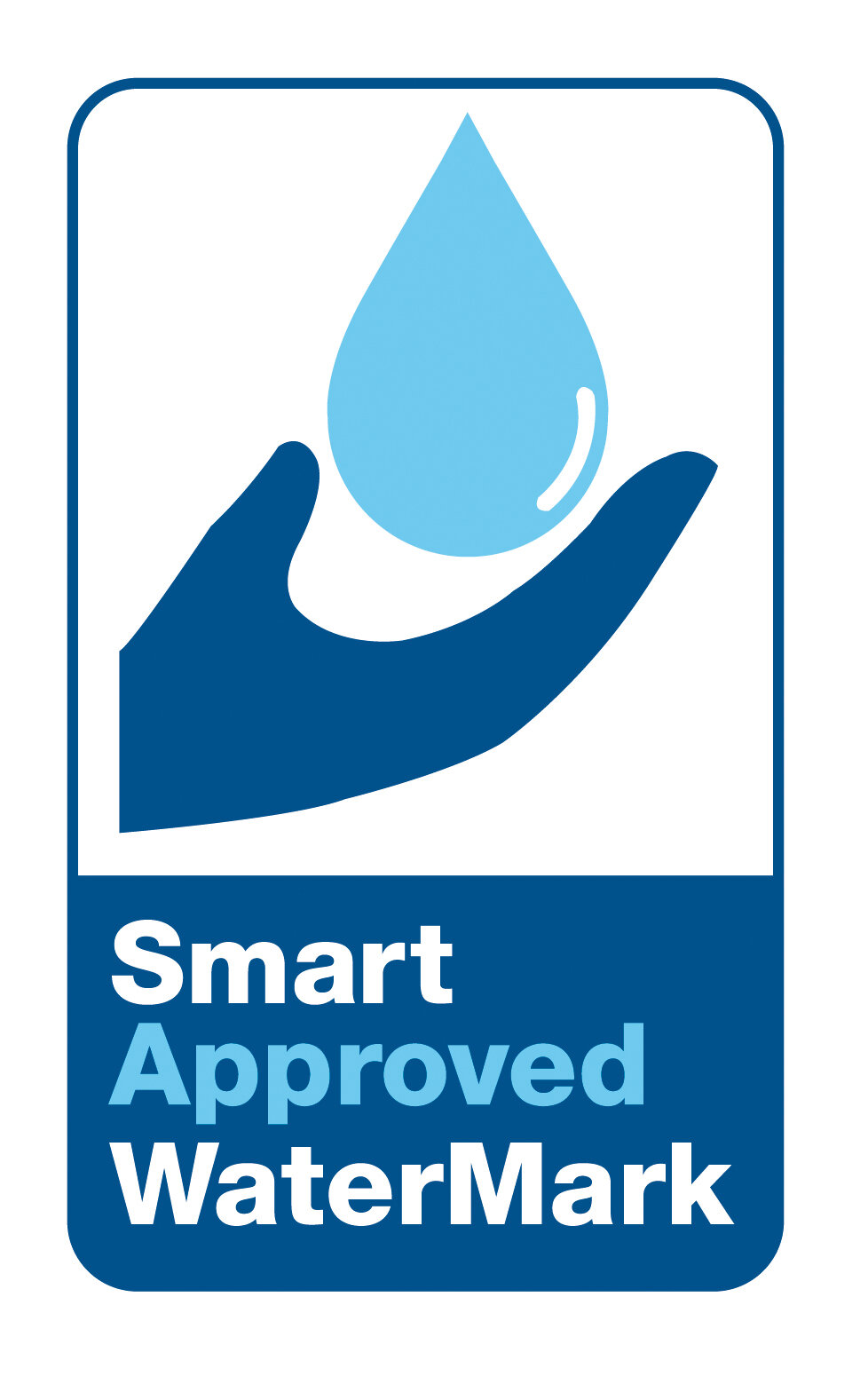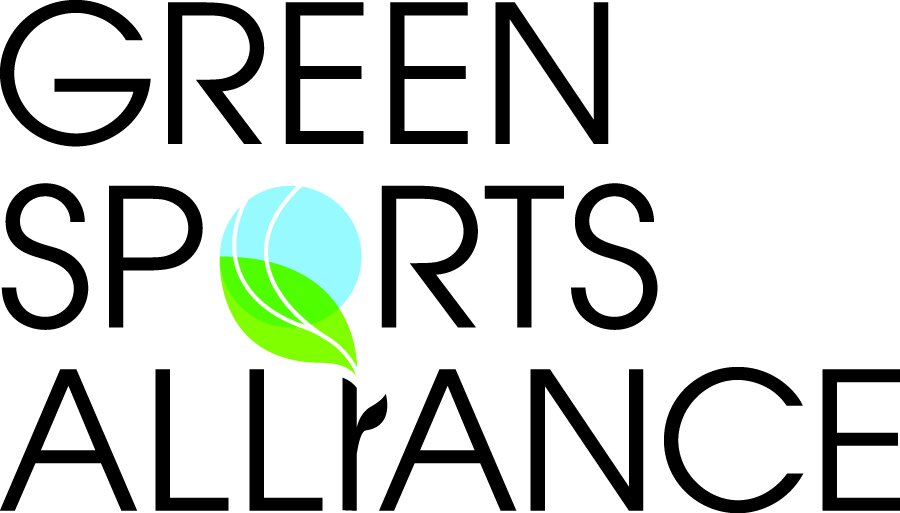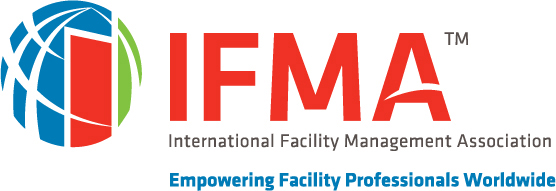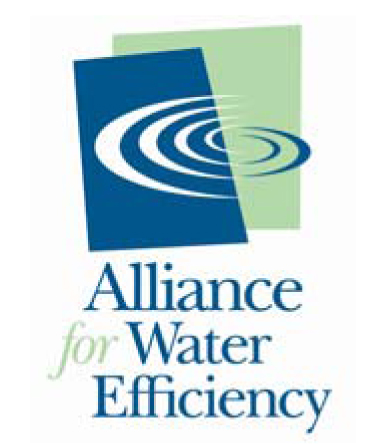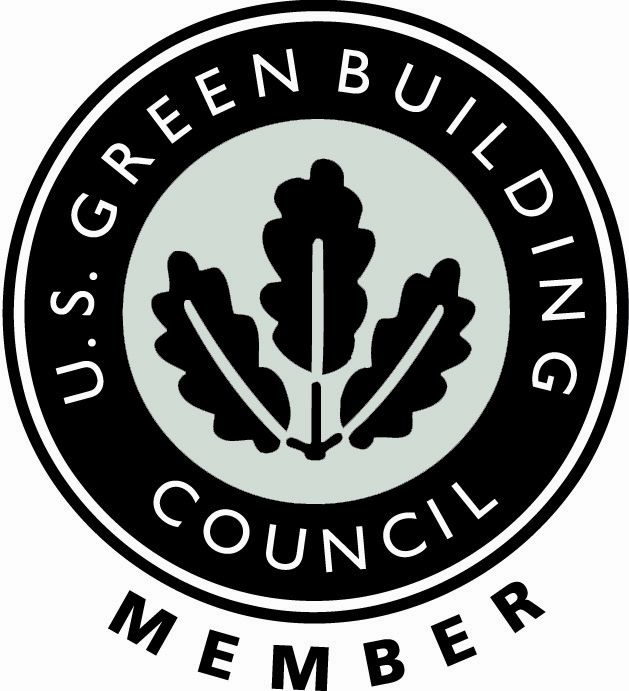In August 2017, an Aurora, Colorado man reached out to a local television station to help him address a problem he was having in his apartment bathroom. According to the man, he had just moved into his apartment, and sewer gas odors were coming from sinks in his bathroom. The smell was so bad, he had to go to the emergency room.
Apparently, he turned to the local news station for help because his landlord was not taking steps to address the problem. He said that not only did the fumes make him sick and send him to the hospital, it temporarily broke up his family. Many went to live with nearby family members.
As for the smell, he says it was like “rotten eggs. It caused me to get sick, and the property manager didn’t do anything about it. [I] experienced dizziness, waking up coughing, eyes burning, throat burning, not being able to focus, and I’m normally a healthy guy.”
While the local television station did report the unflattering story, the man still had to take more steps to try and get his landlord to resolve the situation. He called the City of Aurora and when the officers showed up, “he didn’t even have to go into the bathroom. He could smell the odor as soon as I opened the door.”
The officer cited the landlord and gave the landlord one week to fix the problem. However, the man renting the unit said as of one week, nothing had been done.
So what’s going on? The tenant said the only way he can get any relief is to clog up the bathroom sink as well as the bathtub sink.
A plumber was finally called in, snaked the bathroom pipes, and said he found “nothing in the pipes.” Because of this, the plumber assumed that because there was nothing in the pipes, the pipes were not the cause of the problem.
However, in this case, he was likely wrong. We have seen similar situations just like this happen over and over again. The fact that there was nothing in the pipe was the problem. All the water that usually blocks odors in the “P” or “U” shaped trap under the sinks had evaporated
It is very likely this apartment had been vacant for one or more months. That’s about all it takes for the P trap to dry up.
This entire problem could have been avoided had the landlord placed a few ounces of EverPrime in all the sinks in the apartment. In fact, landlords should consider using EverPrime every time a tenant moves out.
EverPrime is an odorless, biodegradable liquid that does not evaporate. Just a small amount poured down drains should prevent the drain from drying out or releasing odors for three or more months, possibly longer.
If this had been done, the tenant would not have:
· Gone to the hospital
· Had his family separated
· Called the local news media
· The news station would not have run a negative story on this apartment building
· There would have been no city violations cited
· There would be no reason to call a plumber.
That’s a lot of hassle which could have been averted by just a few ounces of EverPrime.
For more information on EverPrime, contact a Waterless Co representative.


